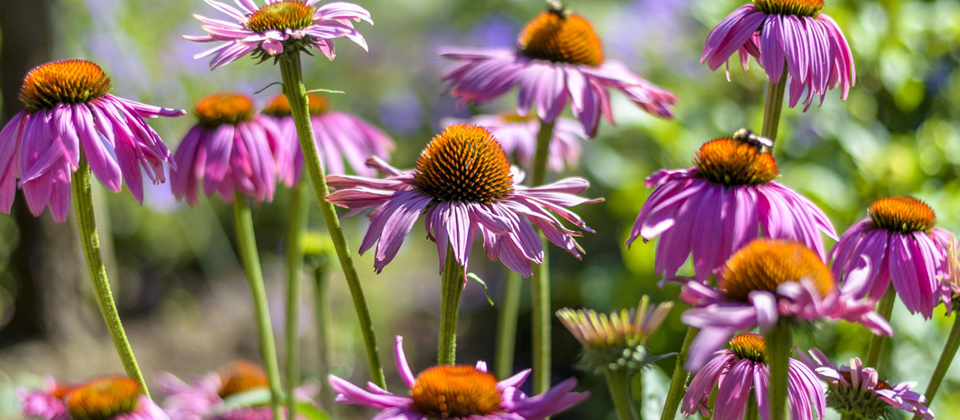Blog, Garden Blog, Garden Tips, News and Tips
Get Your Garden Back to its Roots by Incorporating Native Plants!
Lured by the gorgeous new offerings each season in glossy garden catalogues and magazines, you might be tempted to choose plants not well suited to your area – an expensive and time-consuming error. High-maintenance plants, artificially kept going by herculean efforts and costly fertilizers, can also be discouraging as they often do not survive.
More and more, amateur and professional gardeners are turning to native plants to enhance their outdoor spaces.
But just what is a native plant? A native plant is defined as one that exists naturally in a given area and is indigenous to that specific region or ecosystem – one that has not been introduced by humans.These can include trees, shrubs, wildflowers, grasses, mosses and groundcovers. For example, in the Pacific Northwest, the Douglas-fir tree is a native plant. English holly, which can be found extensively there also, is not native to the region because it was introduced by humans. It is, however, native to England!
Incorporating native plants in a gardening scheme does not require ripping out existing plantings. Natives can be gently introduced to a thriving garden, with benefits all around:
- As they are adapted to the region’s soil conditions and climate changes, natives are
much lower maintenance - They require much less water
- Natives generally do not become invasive
- They encourage wildlife to visit and provide a safe habitat for birds and butterflies
- Natives thrive without fertilizers and chemical pesticides.
CHOOSING NATIVE PLANTS
Here are a few tips to get you started with native plants:
- Consult nature. What is growing in your local parks and wild areas? If you need to, get help with identification from books, a knowledgeable friend or your area’s Master Gardener program.
- Connect up with local native plant societies. Nearly every region has one and they offer a wealth of information and tips. Most have extensive websites with plant lists, photographs and planting instructions.
- Cultivate a relationship with a reputable nursery. Many specialty nurseries now are dedicated to native plants and will welcome your inquiries into what plants they recommend.
Once you have an understanding of what the native plants in your area are, you can begin to plan where they will best be utilized in your own environment.
Remember, trees and shrubs form the basic structure in any garden plan. Are there natives you can use to define a new garden space or create a needed privacy barrier? What about colorful wildflowers? Is there a section of your garden where the sight of gaily swaying columbines will brighten the view? Do you have children that would delight in avian and insect visitors?
Consider the locations and then choose plants based on which soil conditions, light and water availability you have which most duplicate their natural environment. Then sit back and let them take over.
Soon, you’ll hardly remember how your garden was before you decided to “go native”!

